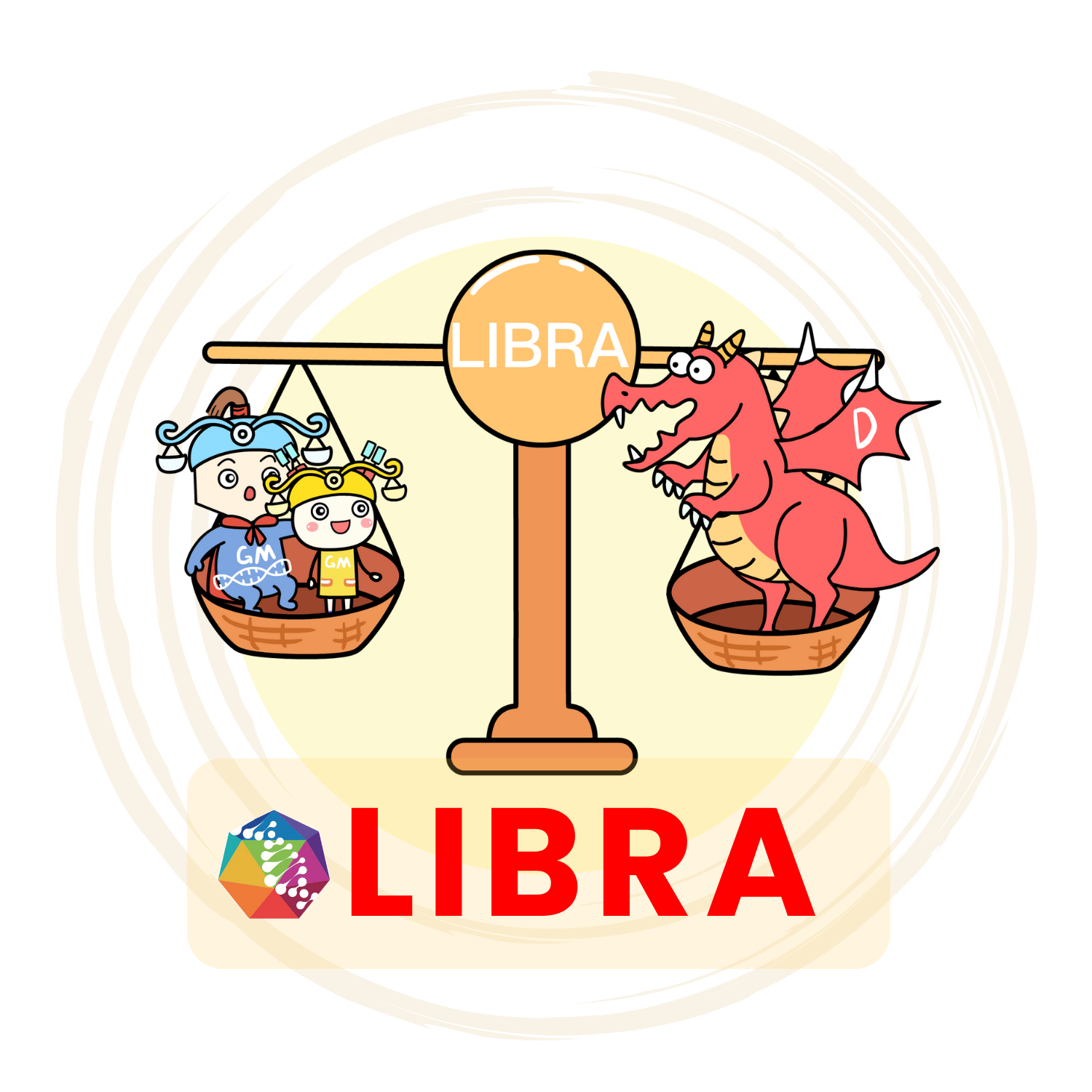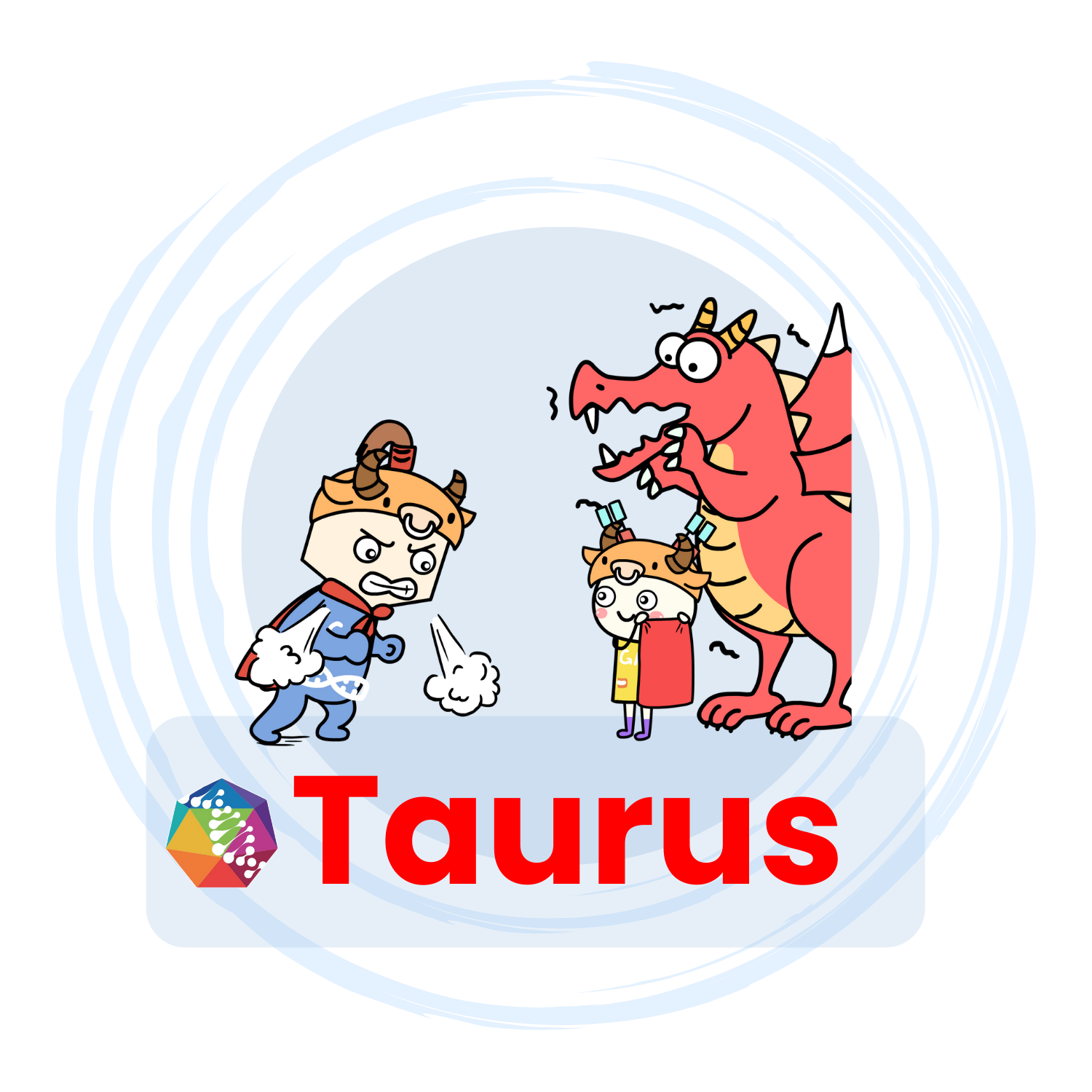Recombinant multi-species SMN-Exon7/SMN1 protein for cell curture, in vitro study, in vivo study, benchmark, drug discovery & MOA research and positive control for the diagnosis
Genemedi produces recombinant Human, Cynomolgus/ Rhesus macaque, Rat, Mouse, Feline, Canine, Bovine, Equine SMN-Exon7/SMN1 protein for cell curture, in vitro study, in vivo study, benchmark, drug discovery & MOA research and positive control for the diagnosis.
This gene is part of a 500 kb inverted duplication on chromosome 5q13. This duplicated region contains at least four genes and repetitive elements which make it prone to rearrangements and deletions. The repetitiveness and complexity of the sequence have also caused difficulty in determining the organization of this genomic region. The telomeric and centromeric copies of this gene are nearly identical and encode the same protein. However, mutations in this gene, the telomeric copy, are associated with spinal muscular atrophy; mutations in the centromeric copy do not lead to disease. The centromeric copy may be a modifier of disease caused by mutation in the telomeric copy. The critical sequence difference between the two genes is a single nucleotide in exon 7, which is thought to be an exon splice enhancer. Note that the nine exons of both the telomeric and centromeric copies are designated historically as exon 1, 2a, 2b, and 3-8. It is thought that gene conversion events may involve the two genes, leading to varying copy numbers of each gene. The protein encoded by this gene localizes to both the cytoplasm and the nucleus. Within the nucleus, the protein localizes to subnuclear bodies called gems which are found near coiled bodies containing high concentrations of small ribonucleoproteins (snRNPs). This protein forms heteromeric complexes with proteins such as SIP1 and GEMIN4, and also interacts with several proteins known to be involved in the biogenesis of snRNPs, such as hnRNP U protein and the small nucleolar RNA binding protein. Multiple transcript variants encoding distinct isoforms have been described. [provided by RefSeq, Jul 2014]
The Alternative Names of target: SMN-Exon7, SMN1,Survival motor neuron protein,Component of gems 1, Gemin-1,SMA,SMN,SMA1,SMA2,SMA3,SMA4,SMA@,SMNT,BCD541,GEMIN1,TDRD16A,T-BCD541
 Go
to SMN-Exon7/SMN1 products collection
>>
Go
to SMN-Exon7/SMN1 products collection
>>
(antibodies,
antigen, VLP, mRNA, ORF viral vector, etc)
Product information
| Catalog No. | Product Name | Species Reactivity |
|---|---|---|
| GM-Tg-hg-T71907-Ab-1/ GM-Tg-hg-T71907-Ab-2 | Human SMN-Exon7/SMN1 protein | Human |
| GM-Tg-rg-T71907-Ab-1/ GM-Tg-rg-T71907-Ab-2 | Rat SMN-Exon7/SMN1 protein | Rat |
| GM-Tg-mg-T71907-Ab-1/ GM-Tg-mg-T71907-Ab-2 | Mouse SMN-Exon7/SMN1 protein | Mouse |
| GM-Tg-cynog-T71907-Ab-1/ GM-Tg-cynog-T71907-Ab-2 | Cynomolgus/Rhesus macaque SMN-Exon7/SMN1 monoclonal antibody | Cynomolgus/ Rhesus macaque |
| GM-Tg-felg-T71907-Ab-1/ GM-Tg-felg-T71907-Ab-2 | Feline SMN-Exon7/SMN1 protein | Feline |
| GM-Tg-cang-T71907-Ab-1/ GM-Tg-cang-T71907-Ab-2 | Canine SMN-Exon7/SMN1 protein | Canine |
| GM-Tg-bovg-T71907-Ab-1/ GM-Tg-bovg-T71907-Ab-2 | Bovine SMN-Exon7/SMN1 protein | Bovine |
| GM-Tg-equg-T71907-Ab-1/ GM-Tg-equg-T71907-Ab-2 | Equine SMN-Exon7/SMN1 protein | Equine |
Size: 1mg | 10mg | 100mg
Product Description
| Catalog No. |
GM-Tg-hg-T71907-Ab-1/ GM-Tg-hg-T71907-Ab-2;
GM-Tg-rg-T71907-Ab-1/ GM-Tg-rg-T71907-Ab-2;
GM-Tg-mg-T71907-Ab-1/ GM-Tg-mg-T71907-Ab-2; GM-Tg-cynog-T71907-Ab-1/ GM-Tg-cynog-T71907-Ab-2; GM-Tg-felg-T71907-Ab-1/ GM-Tg-felg-T71907-Ab-2; GM-Tg-cang-T71907-Ab-1/ GM-Tg-cang-T71907-Ab-2; GM-Tg-bovg-T71907-Ab-1/ GM-Tg-bovg-T71907-Ab-2; GM-Tg-equg-T71907-Ab-1/ GM-Tg-equg-T71907-Ab-2 |
| Products Name | SMN-Exon7/SMN1 protein |
| Species | Human, Cynomolgus/ Rhesus macaque, rat, mouse, Feline, Canine, Bovine, Equine |
| Target Name | SMN-Exon7/SMN1 |
| Protein Sub-location | Introcelluar Protein |
| Isotypes | Recombinant protein |
| Expression platform | Mammalian cell |
| Bioactivity validation | Affintiy&bioactivity validated by ELISA, cell culture validated. |
| Tag | His |
| Products description | Recombinant Human, Cynomolgus/ Rhesus macaque, Rat, Mouse, Feline, Canine, Bovine, Equine SMN-Exon7/SMN1 protein was expressed in mammalian cell expression system and is expressed with 6 HIS tag at the C-terminus for cell culture, ELISA or other affinity binding assay or functional assay development, animal model development, PK/PD model development (Pharmacokinetics & Pharmacodynamic). |
| Purity | Purity: ≥95% (SDS-PAGE) |
| Application | In vitro study, in vivo study, benchmark, positive control for the diagnosis. Biological drug disovery including cell culture, assay development, animal model development, PK/PD model development (Pharmacokinetics & Pharmacodynamic) and mechanism of action (MOA) research. |
| Formulation & Reconstitution |
Lyophilized from GM's Protein Stability Buffer2
(PSB2,Confidential Ingredients) or PBS
(pH7.4); For PSB2, reconstituted with 0.9% sodium chloride; For PBS, reconstituted with ddH2O. |
| Storage | Store at -20℃ to -80℃ under sterile conditions. Avoid repeated freeze-thaw cycles. |
Reference
About Gmab


GMab, developed by GeneMedi, constitutes an
advanced library of recombinant
monoclonal antibodies, each meticulously
designed to target specific molecular
entities. Leveraging the sophisticated
capabilities of GM’s Taurus™ and LIBRA™
platforms, GMab synthesizes antibodies
characterized by high binding affinity,
exceptional physicochemical stability, and
optimal developability profiles.
Through
expression in mammalian cell lines, GMab has
been established as a paradigmatic
reference antibody. It holds significance in
myriad domains of biological drug
discovery, encompassing cellular cultivation,
innovative assay methodologies,
strategic animal model systematization, in-depth
pharmacokinetic & pharmacodynamic
(PK/PD) modeling, and intricate mechanism of
action (MOA) investigations.


